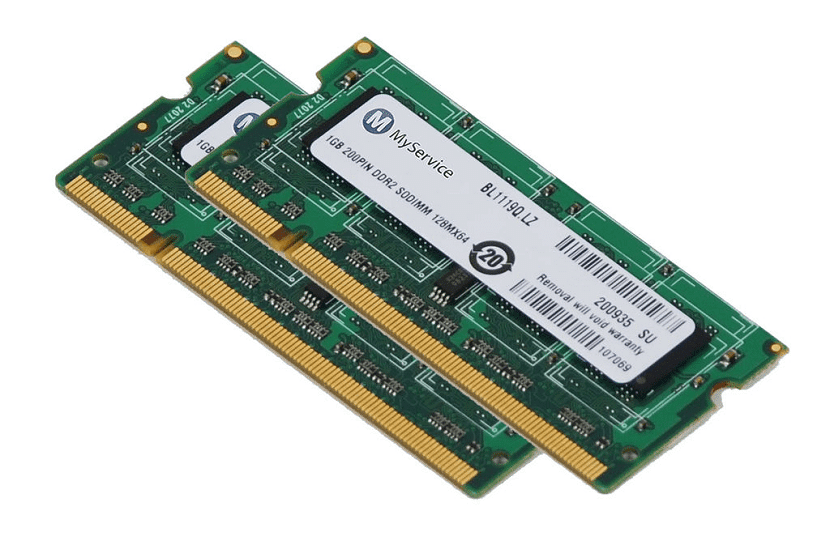
It is likely that on some occasion by consulting the specifications of the computer, you will verify that your model is using all installed RAM. Keep in mind that we find a series of differences between the installed and the usable. Many people may not know about these differences. But knowing more is something of great help in many cases.
Especially users with a laptop will notice these differences. Therefore, below we will tell you all about the differences that we find between usable RAM and installed RAM. Thus, we are going to know more and be able to get the most out of our computer in this way.
The normal thing is that the majority of users know how much RAM you have installed in your computer. This is something that we can check at all times in a simple way, in the properties of the computer. Although many users usually know it perfectly, because they remember the details of the computer when buying it. In the case of a laptop, it is usually more common for you to remember this information.

Therefore, if you want or have doubts, You can check it if you enter My Team and then properties. One of the data that you will find then is the amount of memory you have in the computer. Therefore, we already have this data available. In addition, there are applications available that also take care of this, to know how much memory we have. Both options are valid, to have access to this data.
Installed Memory vs Used Memory

If you've done some research on your computer, you've probably already realized that the installed and usable memory do not match. When you realize this, it is time to want to know why this is so. There are a couple of aspects that we have to take into account in this regard, which are the ones that have a direct influence in this case.
On one hand, installed RAM is identified in the properties panel in Windows, which we have used to find out how much memory we have installed. So, when we enter here we can see the amount we have installed on the computer. Next to this figure, we will see an additional figure in parentheses. This is the number that refers to the memory that can be used. There are usually a couple of important factors in this regard.
Depending on the version we have of the operating system, Windows 10 in this case, it may be that have the 32-bit or 64-bit version of it. This is an important aspect. Since in the case of the first, it does not have the ability to address beyond a 4 GB RAM. So a larger memory is a waste in this case. Just below this data in said properties panel, we can see if we have a 32-bit or 64-bit version, in case we don't know.

On the other hand, it is possible that the operating system dedicate a portion of the RAM to other functions on the computer. It is usual that a small part is dedicated to other functions, such as graphs. It is not something common in many computers, although it can happen in laptops. As long as the graphics card is internal. Although this is something that is not normally displayed on the properties screen. This may be the case for many users, who will therefore see this difference in these figures.
Although if this happens, it is good to be alert as well. Since it can happen that some kind of virus or malware has crept in on the computer, or some program that is giving problems in it. So it is good to check that everything works correctly on the computer and that these differences between installed and usable RAM are for other reasons, and not because there is a virus or threat, which is not usually the case in most cases.